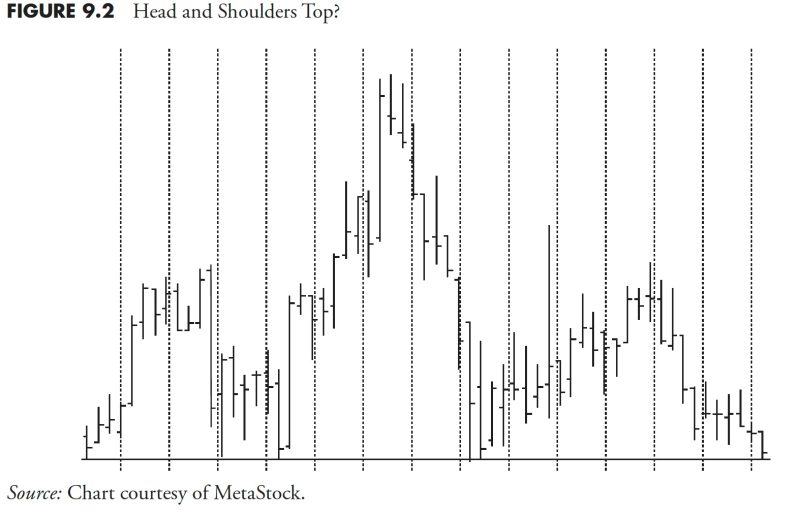Market Research and Analysis – Part 2: Utilizing Technical Indicators
Technical indicators play a crucial role in helping traders and investors make informed decisions in the financial markets. By analyzing historical price data, these indicators provide valuable insights into market trends, momentum, and potential reversals. In this article, we will delve deeper into how technical indicators are used in market research and analysis.
Moving Averages
Moving averages are one of the most common and widely used technical indicators in trading. They help to smooth out price data and identify trends over specified periods. The two main types of moving averages are simple moving averages (SMA) and exponential moving averages (EMA). Traders often use moving averages to identify potential entry and exit points based on crossovers and trend direction.
Relative Strength Index (RSI)
The Relative Strength Index (RSI) is a momentum oscillator that measures the speed and change of price movements. The RSI ranges from 0 to 100 and is typically used to identify overbought and oversold conditions in the market. Traders look for divergences between price and the RSI to anticipate potential trend reversals.
Bollinger Bands
Bollinger Bands consist of a simple moving average and two standard deviations plotted above and below the average. They help traders identify volatility and potential price breakouts. When the price moves close to the upper or lower band, it indicates overbought or oversold conditions, respectively. Traders often use Bollinger Bands in conjunction with other indicators to confirm their trading decisions.
MACD Indicator
The Moving Average Convergence Divergence (MACD) is a trend-following momentum indicator that shows the relationship between two moving averages of a security’s price. The MACD consists of a MACD line, signal line, and histogram. Traders look for crossovers between the MACD line and signal line to generate buy and sell signals. The MACD histogram also helps to visualize the strength of the trend.
Stochastic Oscillator
The Stochastic Oscillator is another momentum indicator that compares a security’s closing price to its price range over a specified period. The Stochastic Oscillator ranges from 0 to 100 and helps traders identify overbought and oversold conditions. Traders look for crossovers and divergences in the oscillator to predict potential reversals in the market.
Conclusion
In conclusion, technical indicators are valuable tools that provide traders and investors with insights into market trends, momentum, and potential trading opportunities. By incorporating a combination of technical indicators in their analysis, traders can make more informed decisions and improve their trading strategies. It is essential to understand the strengths and limitations of each indicator and use them in conjunction with other tools to increase the probability of success in the financial markets.




























